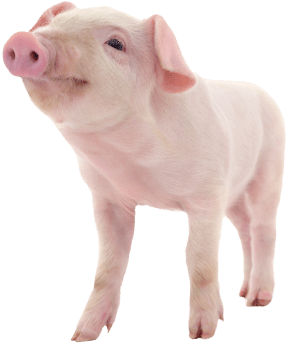
How Odor and Pheromone Fly Traps Work (and Why Now’s the Time to Use Them)
|
|
Time to read 3 min
 You are being redirected to QC Supply Pharmacy, where you’ll find a wide selection of high-quality prescription and pharmaceutical products for animals of all sizes.
Enjoy the same great service and expertise you trust from QC Supply.
Click below to continue shopping.
Continue
No thanks, stay on the main site
Powered by
You are being redirected to QC Supply Pharmacy, where you’ll find a wide selection of high-quality prescription and pharmaceutical products for animals of all sizes.
Enjoy the same great service and expertise you trust from QC Supply.
Click below to continue shopping.
Continue
No thanks, stay on the main site
Powered by


|
|
Time to read 3 min
Table of contents
Flies aren’t just annoying. They spread disease, stress your animals, and cost you time and money. And once summer heat kicks in, things can go from bad to worse in a hurry, especially if you don’t have a solid strategy for using odor vs pheromone fly traps effectively.
At QC Supply, we’ve worked with ag producers long enough to know that a solid fly control strategy isn’t a luxury. It’s a necessity. One of the easiest tools to add to your setup is a simple fly trap. Let’s break down the two most common types odor and pheromone traps so you can make the most of them this season.
These traps may look similar, but they work in completely different ways.
These are the ones you smell before you see. Odor traps use powerful baits that mimic decaying organic matter. It mimics what flies naturally seek out. The scent attracts flies (especially house and blow flies), and once they enter, they can’t escape.
Best For: House flies and other filth-breeding species
Common Locations: Around barns, near manure pits, near compost or feed areas
Tip: These stink for a reason. Keep them well away from doors, patios, animal pens, or anywhere you don’t want extra attention from flies.
Pheromone traps work more like decoys. They release fly-specific attractants, such as mating or aggregation cues, that lure in certain species. These traps don’t usually smell, which makes them perfect for indoor or enclosed use.
Best For: Stable flies, horn flies, cluster flies
Common Locations: Inside barns, garages, poultry houses, or near entrances
They’re also a great monitoring tool if you’re trying to track population spikes or gauge if your other controls are working.
Choosing between odor vs pheromone fly traps depends on your environment, the fly species you're targeting, and how close the trap will be to animals or people.
If you’ve ever slapped a trap next to the feed bin and wondered why it didn’t work, it probably wasn’t placed correctly. Here’s a quick reference guide:
The goal here is to draw flies away from your animals and your people not invite them closer.
If you’re seeing flies cluster in certain corners or near light sources, this type of trap can make a big difference fast.
Earlier than you think.
Many producers wait until the flies are already bad before doing anything. But by then, they’re already breeding. The trick is to interrupt the cycle before it explodes.
Don’t wait until you’re swatting flies off feed buckets. Set the traps while you still have the advantage.
Traps are great, but they’re not a magic fix by themselves. The best approach is an integrated system that combines physical, chemical, and biological control.
Here’s what we recommend combining with fly traps:
Remember: Every fly you trap is one less laying hundreds of eggs.
We know how fast fly pressure can sneak up. That’s why this summer, we’re making it easier (and cheaper) to stay ahead of the problem.
Now through August 12, you can get 10% off select Starbar fly control products at QC Supply.
Whether you’re protecting a farrowing house, a poultry barn, or just your back porch, we’ve got traps and tools that work. And we’ve got a team that’s here to help you choose the right ones.
Need help finding the right setup for your operation?
Give us a call at 888-433-5275 or visit qcsupply.com. We're here to help, every step of the way.